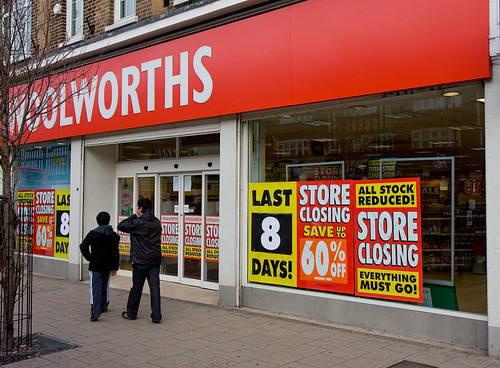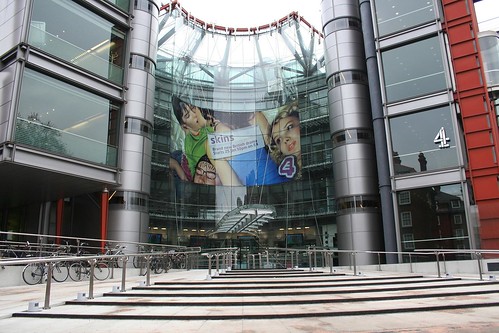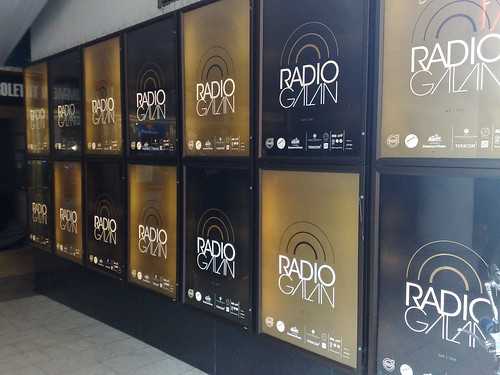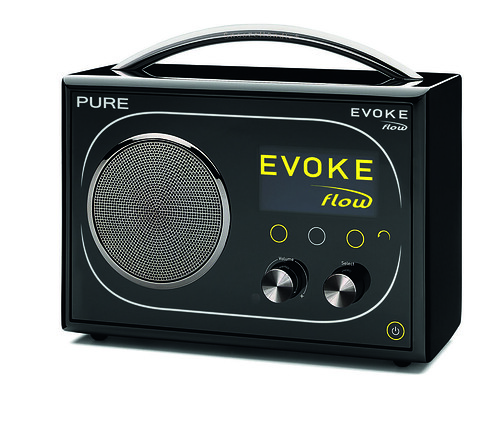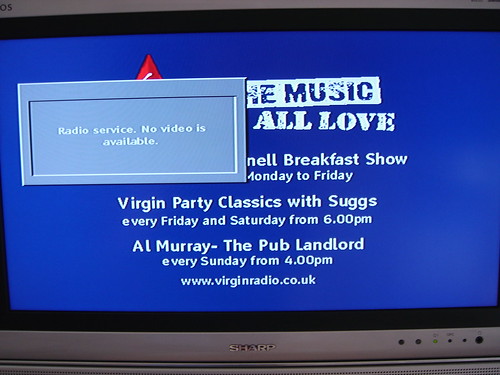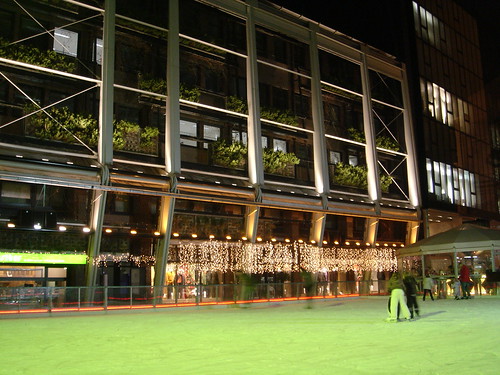
I was given a PURE Highway some time ago, to do some road-testing with. It’s been in the car since then, but I’ve only just got round to mounting it properly and pulling the cabling through. I also took the opportunity to upgrade the firmware to the latest version (1.3).
In all honesty, the firmware upgrade was not fun. The device driver installation took absolutely ages, which I suspect was a combination of Windows not quite believing what was connected, and the device driver being hard for Windows to find. Lots of disk searching. The upgrade application was quite happy to backup the existing firmware, but kept freezing when blowing the new firmware to the device. A bad thing. After some fiddling, I ended up falling back to connecting the device to a USB 1.0 port which meant it ran slower but did finish properly. So, new firmware installed, we’re on the road.
Great Britain – Bristol to Dover
The reception of DigitalOne and the BBC muxes was really pretty good, and consistent along the M4/M25/M26/M20. The usual problem areas (D1 is punched out by adjacent channel interference from NOW Digital Swindon on the approach to Membury Services, nothing is very happy around Folkstone and Dover).
The local muxes were much more hit and miss. Bristol benefits from having a hefty site at Dundry, which really helps. Swindon/Wiltshire is a pain, because it’s split across two frequencies which means rescanning at 10 minute intervals. Berkshire is not great along the motorway. There’s a dead chunk of local coverage between Reading and Slough. London I was OK around the M25, London III not good. Really not good. In fact, pretty much only got good London III on the sector from the M23 to the M26, and that’s largely because of Bluebell Hill and Reigate. Kent is pretty good until you get near Folkstone.
The lack of DAB-DAB service linking (on the mux and on the device) is a pain. If I wanted to stay with XFM, I kept having to rescan. I shouldn’t need to do that, but the service linking is not properly signalled.
France – Calais to Strasbourg
Total blackspot. Not a thing. I kept scanning the Highway, and it kept having a good old go at decoding the many Band III television signals. Honestly, when was Band III cleared for DAB? 10 years ago? If I was being harsh, based on what I heard on FM, I probably wouldn’t want to listen to the same stuff on DAB either. What on earth do they do with their audio processing? I’ve never heard anything as aggressive even in the United States, and that’s saying something.
Switzerland – Basel to St. Gallen
Yay for the Swiss. The moment we went over the non-border (The Swiss joined the Schengen Agreement recently, which means the border is a principle rather than a 5km queue. If the Swiss can do it, still can’t understand what our problem is), the Highway picked up 12 services. It seemed to (correctly) ignore the DAB+ services without a hiccup. Drove all the way through Switzerland listening to Swiss Pop (CH-POP), because I’m a bit of a sucker for bubblegum pop when I’ve been driving for 13 hours. Coverage was superb, and the audio quality was great too, demonstrating that with the right codecs even 112kbit/s can sound very very good. Lucky them for being able to upgrade to the latest Coding Technologies codecs.
One area that isn’t covered yet is the tunnels. FM coverage is repeated through them, but DAB isn’t yet. I suspect if I had a hybrid DAB-FM radio it probably would have swapped between the two correctly, but I don’t, so can’t say. Boo to Ford for putting integral radio units into their cars and not leaving anything resembling a DIN slot for something else. (At least Ford have announced that DAB will be a line-fit item from 2009. I’ll probably buy another Ford, as this one is good, and DAB line-fit swings it for me).
Austria – Hohenems to Tirol
Austria has a somewhat token involvement with DAB. There are two DAB sites on-air. One in Vienna, and the other on Patscherkofel, which is the primary site for Tirol. The Patscherkofel site covers most of the A12 motorway which links Germany and Italy. If one was being curmudgeonly and uncharitable, one might say that it’s there so that people driving from Bayern (DAB) to Alto-Aldige (DAB) don’t find reason to surmise that Austria is stuck in the past – 1976, for example. No. It’s a remarkable mux, as it’s only carrying 5 stations, creatively encoded to make sure that they almost completely fill the mux. If you’re an audiophile, I’d recommend going and sitting yourself down in Tirol to enjoy the 192 and 224kbit/s of Ö1, Ö3, FM4 or Radio Tirol. (But just overlook the fact that I suspect the site is satellite fed at 256kbit/s, OK?).
The coverage is patchy, and really only kicks in once you get within sight of Innsbruck (if you’re coming from Voralaberg). There’s also no DLS – not even a default message – which is a bit of a surprise.
It would be unfair to criticise the DAB coverage in Austria. It’s not a launched service (only a trial), and coverage on FM is a real challenge in Tirol. In a former job, the station I worked at had 16 sites, on 16 different frequencies from 89MHz to 107MHz to cover 500,000 people (badly). RDS AF was invented for Austria. At my ultimate destination, there is virtually no FM coverage whatsoever – all radio is received via satellite to TVs.
Total distance – over 1,500kms. Percentage covered by DAB : ~50%.
(To be fair, if I’d gone the other way – Calais – Aachen – Stuttgart – Ulm – it would have been closed to 85%, but I have more to do in life than sit in queues of Germans over the Fernpass. Although it would have been £120 cheaper in tolls).
And the same on IP?
Well, what would have happened if I’d done the same trip listening to the radio on IP? We’re clearly spoilt for 3G coverage in the UK, because it was very very patchy through France, in-between in Switzerland, and pretty horrid in (an admittedly less populated part of) Austria.
Coverage issues aside, I was in the car listening to the radio for 15 hours, of which 12 hours was outside the UK. Assuming a bit-rate of 48kbit/s, that’s a total data consumption of 253 Mbytes outside the UK. (I have a 3GB bundle inside the UK). Despite Mme. Redings rantings, my roaming data still costs me £3 per MB, so that would have been a bargain £759 for a day’s radio. aAnd £759 for the journey back.
However, I “benefit” from having a local pay-as-you-go SIM in Austria, which charges at “just” €2,50 per MB. So based on using a local SIM, that would have been €633,-.
The ability to drive across Europe listening to the radio is not something we should ignore lightly. It is often overlooked, because radio companies in Europe are all singularly nationally focused, and rarely look beyond the borders (and to be fair, when they do, it’s usually not a success). Maybe as an island-nation we don’t put much thought to it? But I’m a listener, a Britain and a European, and I do travel across the continent. I can’t imagine doing a 15 hour drive without radio.
